It’s been more than 200 years since Canada and the United States fought a war against each other. But if it ever happens again, it won’t be over pancakes or Chris Farley. No, the next war between these North American neighbors will be over something far more divisive: the screwdriver. Specifically, the battle between the Canadian Robertson head and the American Phillips head. This isn’t just a casual debate between a square and an X—it’s a clash of cultures, histories, and even some dark industrial intrigue. Today, we’re diving into the fascinating story behind this century-old rivalry, as told by Stumpy Nubs (James Hamilton) in his video. Buckle up, because this is a tale of innovation, betrayal, and a whole lot of screws.
The Origins of the Robertson Screw: A Canadian Invention
Our story begins with a Canadian salesman named Peter Robertson. In the early 1900s, Robertson was one of many inventors trying to create a better mousetrap—literally. He had patents for everything from mousetraps to corkscrews that nobody asked for. But it was a fateful accident that led to his most famous invention. While demonstrating a spring-loaded screwdriver, the flat-headed bit slipped and cut his hand. Being Canadian, his first reaction was likely to apologize to the screwdriver and then brainstorm a better design. And so, the Robertson screwdriver was born.
But wait—Robertson wasn’t the first to think of a square drive. An American named Alan Cummings had patented the idea 30 years earlier. Cummings’ design included a square drive, a triangular drive, and even a combo slot. Sounds innovative, right? Well, there was a catch. The manufacturing process weakened the screw head, making it impractical for mass production. Robertson’s genius was in improving this process. He tapered the sides of the square recess, allowing it to be stamped into the screw without deforming the head. This simple tweak made the Robertson screw a game-changer.
Why Canadians Love Their Robertson Screws
Robertson screws are a dream for anyone who’s ever struggled with a slipping Phillips driver. The square head is self-aligning, self-centering, and stays in place, making it perfect for one-handed operation. Plus, it’s far less likely to cam out (pop out of the screw head) or damage the surrounding material. From furniture makers to boat builders, anyone working with slippery materials fell in love with Robertson screws. Even today, Canadians proudly use them everywhere from igloos to treehouses.
The Canadian Versus American Auto Industry
So, why didn’t Robertson screws take over the world? Enter Henry Ford, the industrial giant behind Ford Motor Company. Ford saw the potential in Robertson screws and offered him an exclusive contract. But there was a catch: Ford wanted complete control over Robertson’s business. Robertson, ever the principled Canadian, refused. The result? Robertson lost out on the U.S. auto market—and a third of his business. This decision cemented the Robertson screw as a Canadian icon, but it also limited its global reach.
The Rise of the Phillips Screw: An American Icon
Meanwhile, the U.S. auto industry needed a solution to the screw problem. Enter the Phillips screw. Contrary to popular belief, the Phillips head wasn’t invented by Henry Phillips. It was the brainchild of an Englishman named John Frearson, who patented the design in the 1880s. Later, an American named John P. Thompson improved upon it, and Henry Phillips brought it closer to its modern form. It was Phillips who ultimately marketed and popularized the design, earning it his name.
The Phillips screw became a staple during World War II, when the auto industry shifted to producing planes and other war machinery. Soldiers returning home demanded the same tools they’d used on the battlefield, and by the mid-20th century, Phillips screws were everywhere. But here’s the kicker: Phillips screws aren’t perfect. They’re infamous for caming out and stripping the screw head—something Robertson had solved decades earlier. Why did it catch on? Because in the manufacturing world, caming out was seen as a feature, not a flaw. It prevented overdriving, making it ideal for assembly lines.
The Debate Continues: Robertson vs. Phillips
Even today, the Robertson vs. Phillips debate rages on. Canadians swear by their Robertson screws, citing their security, ease of use, and resistance to stripping. Americans, on the other hand, stick with Phillips, even if it means dealing with stripped screws and the occasional finger stab. Let’s be real: admitting that Canadians did something better is a tough pill to swallow. But hey, there’s always the Torx head for those who want the best of both worlds.
The Stumpy Nubs Take
If you’re as fascinated by this story as we are, you’ll want to check out the original video by Stumpy Nubs (James Hamilton):
Final Thoughts: Who Wins the Screwdriver War?
So, which screwdriver reigns supreme? It depends on who you ask. Canadians will always champion the Robertson, while Americans stick with Phillips. But let’s be honest: both have their flaws and their fans. The real question is, why hasn’t the world moved on to something better? Torx heads, anyone?
What’s your take? Are you Team Robertson or Team Phillips? Share your thoughts in the comments below. And if you’re as passionate about woodworking and tools as we are, why not join the iNthacity community? Become a permanent resident (or even a citizen!) of the Shining City on the Web. Like, share, and join the debate—we’d love to hear from you!
Wait! There's more...check out our gripping short story that continues the journey: The Universal Screw
Disclaimer: This article may contain affiliate links. If you click on these links and make a purchase, we may receive a commission at no additional cost to you. Our recommendations and reviews are always independent and objective, aiming to provide you with the best information and resources.
Get Exclusive Stories, Photos, Art & Offers - Subscribe Today!
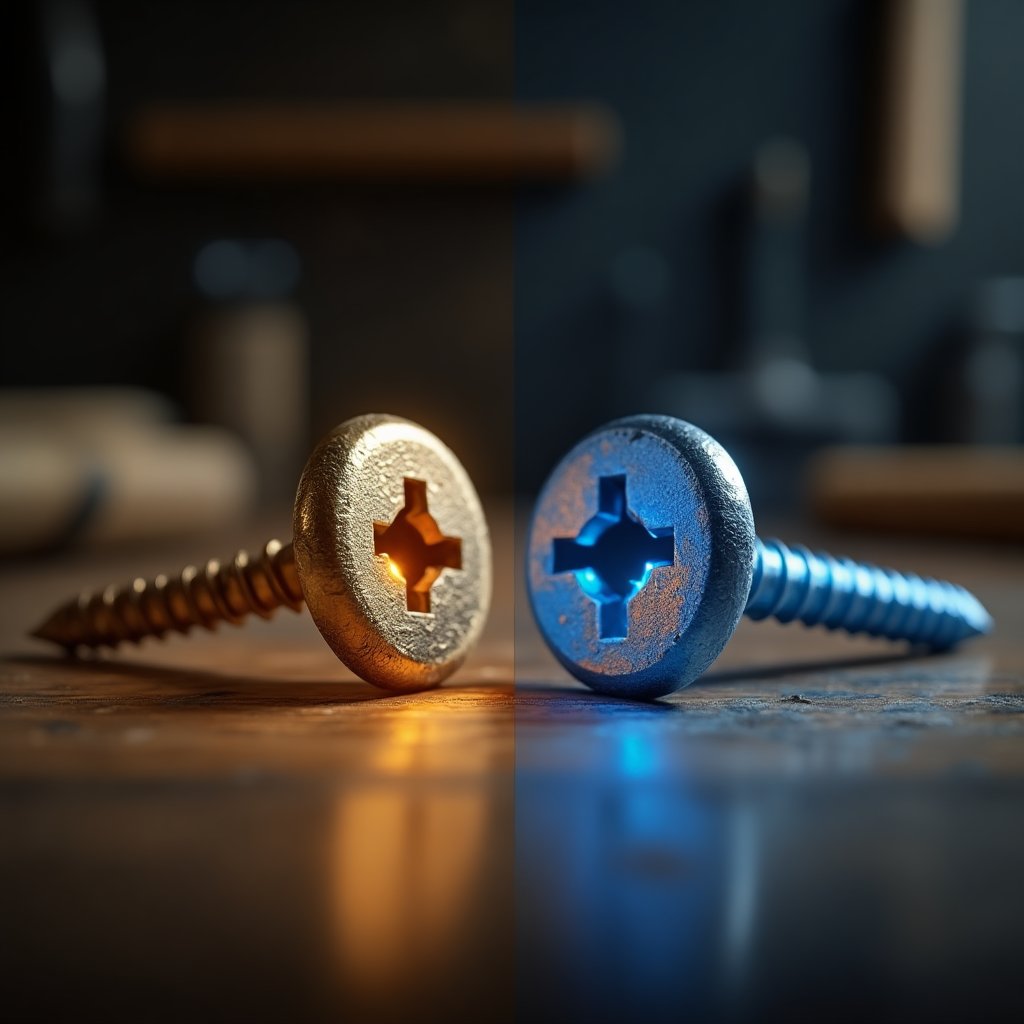



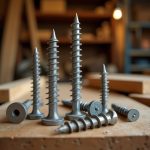

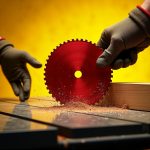

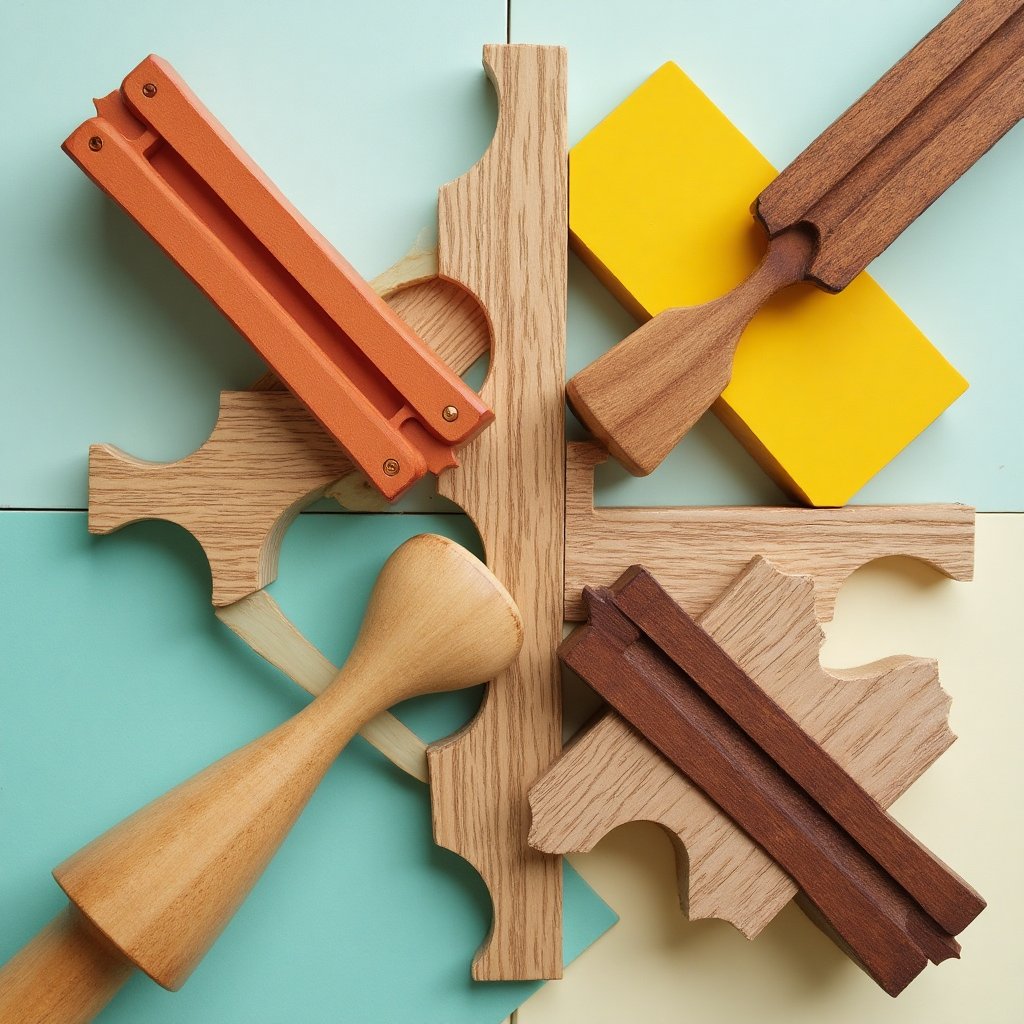
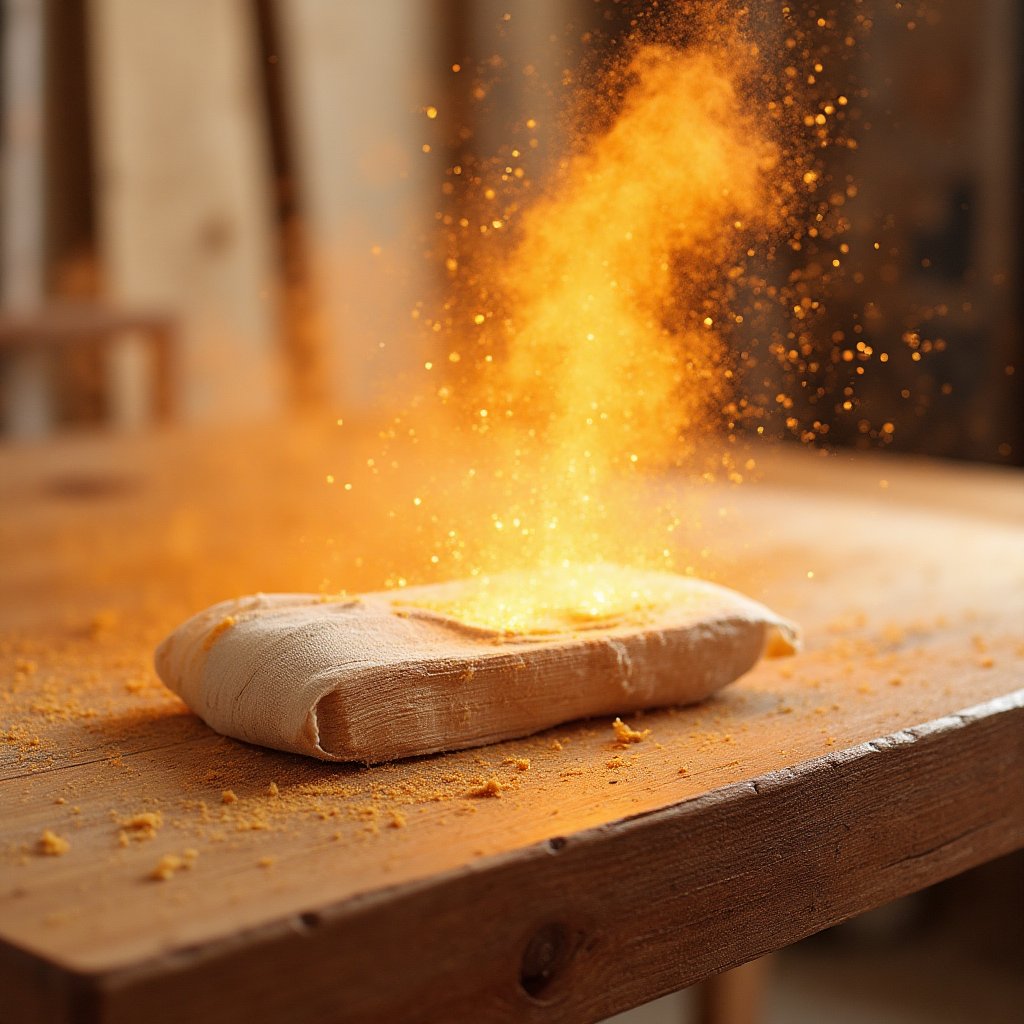
















Post Comment
You must be logged in to post a comment.